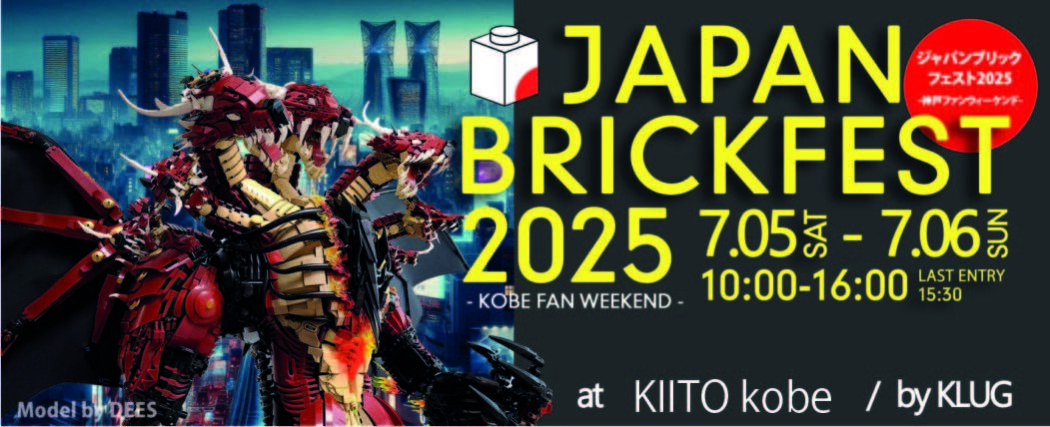Mech Building 101
A brief overview on how to build a mecha
Table of Contents:
- 1. Creating a Frame
- 2. Choosing a look (based on function, or conceptual idea)
- 3. Choosing colors
- 4. Choosing shape (round vs square)
- 5. Testing the Design
- 6. Finalizing
1. Creating a Frame
There are many reasons why I’ve been building mechs using a frame, but the primary reason is to ensure all my builds have a consistent look and feel to them. This means that even if I build something conceptually different or has a very different look, the inner frame ensures that the size is almost the same and that they belong in the same setting. The next reason why I highly recommend using a frame when building is to provide a very good basis to build on. Even before you go into designing the build, you can test structural things like stability and articulation. It is hard to build a mech from scratch only to find out that the balance is off because the joints aren’t tested out during the initial phase, or that the finished model cannot pose due to restrictions of the joints.
How to build a frame for your mecha:
When designing frames, I would classify the parts as either joints or design / armor areas. Each body part should have a good mix of joints that allow for different types of movement and areas to put armor pieces on.
I also find it best to start with the body as that is the center of the whole robot. I make sure to add enough options for me to add armor later on without sacrificing the movement too much. Then I proceed to the legs to have a good feel on the height of the entire build, and then I make the arms based on that.
After building the frame, test for balance and stability. A good frame should be able to stand on its own easily. Test the amount of poses / movements it can also do without falling over as this helps later on with the finished design.
2. Choosing a Look
Once you have a good frame to work with, you can now proceed to the look of the mech. For me, whenever I build something new I ask myself what the mech’s idea or purpose should be. Based on this, I look up and study other existing designs that might help me make what I want to build. For example, if the design should be a soldier build, then I look at soldier uniforms and existing designs of soldier robots. If the design is for a construction robot, then I would research on what construction machines look like.
3. Choosing Colors
Once you have decided on the purpose, you can now focus on what will be the colors of the design. The examples mentioned of soldier and construction have certain colors tied to them. Soldiers would have uniforms in certain colors that you can replicate in LEGO® colors. Construction machines usually come in yellow, red, and orange so you would try to build a mech design in those colors to reinforce the idea of the design being for construction.
4. Choosing Shapes
The shape for a build would be highly dependent on the purpose of the design. Expanding further our examples, older soldier robots might have boxier shapes with more straight lines and sharp corners. More advanced designs might be more curved so you can add more rounded pieces. Same thing with construction machines – older models might be more polygonal and curved models are more advanced. Straight lines would make the design look more mechanical and adding more curves makes it more advanced or human-like.
Deciding what shapes go on your own mech are also dependent on the availability of the LEGO® parts that you’d have so this will be a trial and error thing until you get very used to it. Add the armor to the frame one section at a time. A tip I always tell mech builders is to try and make the joints look realistic. This can be done by covering it with armor like elbow / knee guards, ankle armor, neck armor, etc.
5. Testing the Design
Once you’ve finished adding the armor on the entire build, try standing the finished design to get a feel on the balance of the build. You can also add weapons at this point as you might have to adjust the weight distribution if you have heavy front / back weapons. This is also where you can test which joints are holding up, and which ones need to be reinforced or replaced for sturdier joints.
6. Finalizing the Build
Try and get some friends to provide comments and feedback on your entire build. A fresh pair of eyes will help see your creation very differently, and will let you know which areas could be further improved. Also, try leaving your design alone overnight. Seeing your design after some time away from it can help show you ideas you haven’t initially thought of.
Ending Notes: Have Fun!
The very last and most important thing to remember when making your own mecha design is to enjoy the process. At the end of the day, it is still your own design and build and you should enjoy how it looks at the end of it. Make sure to take lots of photos, play around with the finished design, and share your design with other people (while making new friends who also love making brick mecha!)

